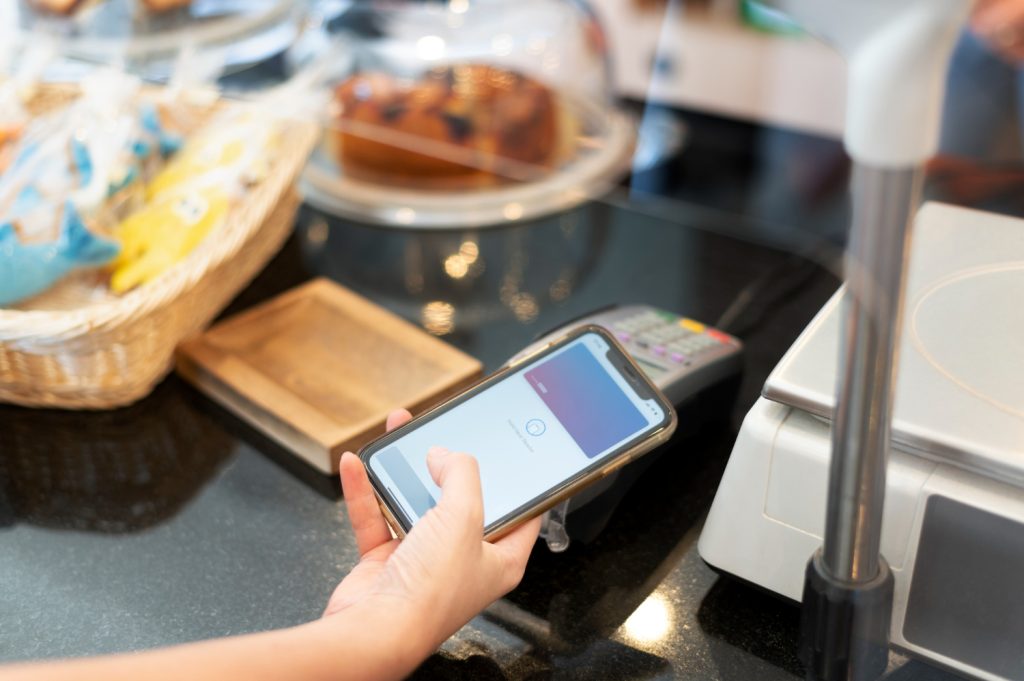
By Bella Zhang March 6, 2025
Operating a bakery goes beyond creating tasty pastries and breads; it also requires managing transactions in an efficient and economical manner. A major worry for bakery proprietors is the costs associated with payment processing, which can rapidly diminish profits if not handled effectively. A pricing model that is notable for its clarity and savings is interchange plus pricing.
But what exactly is interchange plus pricing, and how does it work? More importantly, how can it help your bakery manage merchant fees and streamline bakery transactions?
Understanding Interchange Plus Pricing
Choosing the right pricing model for payment processing is essential for bakery owners who want to maximize profits while keeping costs manageable. Understanding how interchange plus pricing works can help you make informed decisions that benefit your business in the long run.
What Is Interchange Plus Pricing?
Interchange plus pricing is a payment processing fee structure that separates transaction costs into two main components:
Interchange Fees – These are fees set by credit card networks (Visa, Mastercard, etc.), paid directly to the issuing bank.
Processor Markup (Plus Fee) – This is the fee charged by your payment processor for handling the transaction.
The percentage of the fee that goes to the banks as opposed to the processor is made clear by this pricing model. Interchange plus pricing provides bakery owners with a clear breakdown of fees, in contrast to flat-rate pricing, which combines these expenses into a single fixed percentage.
How Interchange Plus Pricing Works
When a customer purchases a cake, coffee, or bread using a credit card, the transaction undergoes multiple steps:
The payment terminal or online checkout sends the card details to the payment processor.
The processor forwards the transaction to the customer’s bank for approval.
Once approved, the bank applies an interchange fee based on card type, transaction method, and risk.
The payment processor adds its markup (plus fee) to the interchange cost.
The total fee is deducted before the bakery receives the final amount.
The key benefit? Bakery owners get a clear view of interchange fees and processor markups, avoiding hidden costs.

Why Interchange Plus Pricing Is Ideal for Bakery Payment Processing
Understanding why interchange plus pricing is an excellent option for bakery payment processing begins with acknowledging its flexibility and transparency. In contrast to flat-rate pricing, which charges the same fees for every transaction regardless of its characteristics, interchange plus pricing varies depending on elements such as card type and transaction method. This guarantees that bakeries are only incurring essential expenses instead of an exaggerated fee that encompasses concealed surcharges.
Cost Transparency and Savings
With interchange plus pricing, bakery owners know exactly how much they are paying. Instead of being charged a fixed percentage, which may include hidden markups, this model allows you to see:
The exact interchange rate set by card networks.
The processor’s fee, ensuring there’s no inflated pricing.
This transparency helps bakery owners compare different processors and negotiate lower markup fees for bakery transactions.
Lower Fees for High-Volume Sales
Bakeries often have high transaction volumes, with multiple small-ticket sales throughout the day. Flat-rate pricing can lead to higher fees on each transaction, especially when dealing with lower-cost items like pastries and coffee.
Interchange plus pricing, on the other hand, allows bakeries to benefit from lower interchange rates on debit card transactions, which are usually cheaper than credit cards. Over time, this can result in significant savings.
Fair Pricing for Different Transaction Types
Not all transactions are the same. Online orders, in-person swipes, and contactless payments all have different interchange rates. Unlike flat-rate pricing, which charges the same rate regardless of the transaction type, interchange plus pricing adjusts fees based on actual costs, making it fairer for bakeries.
How Merchant Fees Work in Interchange Plus Pricing
The total cost of processing payments for a bakery is largely determined by merchant fees. Bakery owners can effectively manage their expenses and make sure they are not overpaying for transactions by being aware of how these fees are structured under interchange plus pricing. Businesses can see the precise breakdown of costs with interchange plus pricing, as opposed to flat-rate pricing, which applies a single fee to each transaction. Bakery owners can select the most economical options for their payment processing requirements thanks to this degree of transparency.
Understanding Merchant Fees in Bakery Transactions
Merchant fees refer to the total cost a bakery pays to process card transactions. Under interchange plus pricing, these fees are divided into:
Interchange Fees (Set by card networks, typically 1.15% – 3.25%)
Processor Markup (A small percentage plus a per-transaction fee)
For example, a transaction of $10 at your bakery might incur:
Interchange Fee: 1.5% ($0.15)
Processor Markup: 0.2% + $0.10 ($0.12)
Total Fee: $0.27
By understanding these fees, you can choose a payment processor that offers lower markups, keeping more profits from each sale.
Comparing Interchange Plus Pricing vs. Flat-Rate Pricing
Compared to flat-rate pricing, interchange plus pricing provides more transparency. Bakery owners are aware of the precise amount they are paying because it breaks down the fees. For bakeries that handle a lot of low-ticket transactions, this model is more cost-effective because it permits lower costs on specific transactions, particularly debit card purchases. By charging a single percentage per transaction, flat-rate pricing, on the other hand, makes fee calculations simpler. However, it frequently results in higher overall fees, especially for small-value purchases.
Flat-rate pricing may be convenient for some businesses, but it does not offer the fairness that interchange plus pricing provides. Since interchange rates vary based on factors like transaction method and card type, interchange plus pricing ensures that bakery owners only pay the exact amount required, rather than a one-size-fits-all rate. Over time, this results in significant cost savings and better financial management for bakery transactions.
How to Choose the Right Payment Processor for Your Bakery
Selecting the right payment processor is crucial for maintaining efficiency and cost-effectiveness in bakery transactions. With multiple options available, understanding the key factors that impact pricing and service quality can help bakery owners make informed decisions. Choosing a processor that aligns with your bakery’s transaction volume, equipment needs, and customer preferences can lead to significant savings and improved operational efficiency.
Factors to Consider
Choosing a payment processor with interchange plus pricing requires looking at:
Markup Fees – Compare processor markups to ensure you get a competitive rate.
Equipment Costs – Check if the provider offers affordable card readers and POS systems.
Contract Terms – Avoid long-term contracts with early termination fees.
Integration with Bakery POS Systems – Ensure the processor integrates with your bakery’s existing POS.
Customer Support – Reliable customer service is essential in case of transaction issues.
Recommended Processors for Bakery Owners
Many payment processors offer interchange plus pricing, but the best ones for bakeries include:
Square – Ideal for small bakeries needing all-in-one solutions.
Helcim – Offers transparent interchange plus pricing with no hidden fees.
Payment Depot – Best for high-volume bakeries with predictable pricing.
Comparing processors based on fees, customer support, and features ensures you get the best deal for your bakery transactions.

Steps to Switch to Interchange Plus Pricing
Although switching to interchange plus pricing may seem like a difficult process, bakery owners can minimize their payment processing expenses and make the transition with ease if they take the proper approach. Bakeries can reap the benefits of reduced transaction fees and increased financial transparency by comprehending the required procedures and meticulously organizing the transition.
1. Evaluate Your Current Payment Processing Costs
Check your existing merchant statements to understand how much you’re paying in processing fees.
2. Compare Processors Offering Interchange Plus Pricing
Research different payment providers and request custom quotes based on your bakery’s transaction volume.
3. Negotiate Better Markup Rates
Since processor markups vary, negotiate lower rates based on your monthly sales.
4. Upgrade to a Compatible POS System
Ensure your POS system supports the new processor to avoid technical issues.
5. Test Transactions Before Full Implementation
Run test transactions to verify that your bakery payment processing is working smoothly.
Conclusion
For bakery owners, interchange plus pricing offers a clear and economical method of processing payments. It helps save money on bakery transactions by clearly displaying costs by separating fees into interchange rates and processor markups. It is a wise business decision for bakery owners to choose interchange plus pricing over flat-rate models if they want to minimize merchant fees and streamline payment processing. Your bakery can increase profitability and reduce transaction costs by carefully choosing the right processor and negotiating the best rates.
Ready to switch to interchange plus pricing? Start comparing payment processors today and maximize your bakery’s profits!